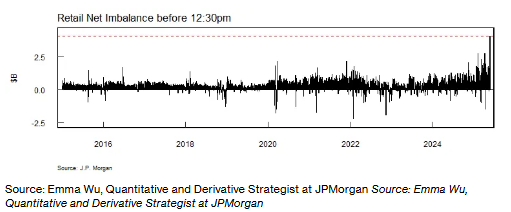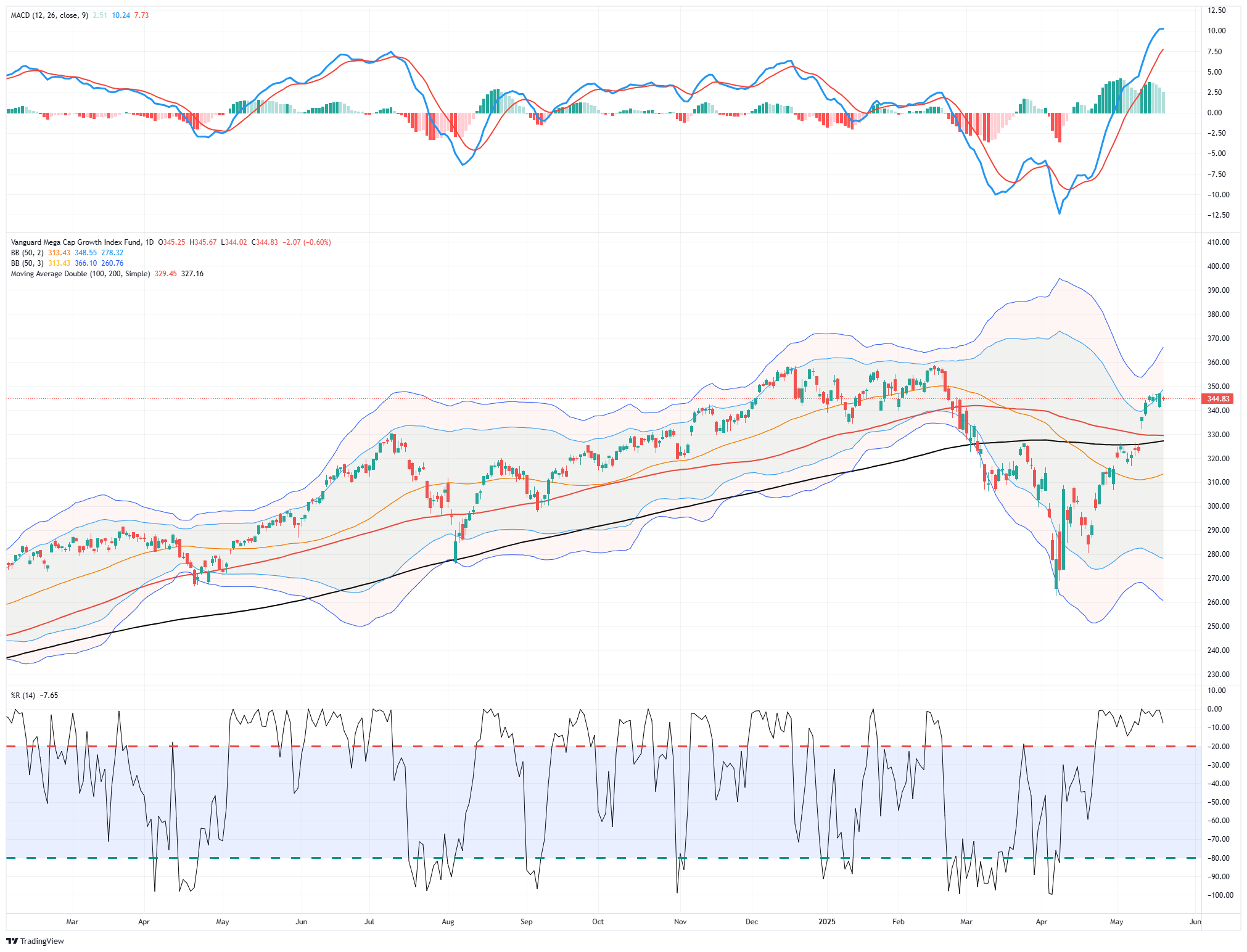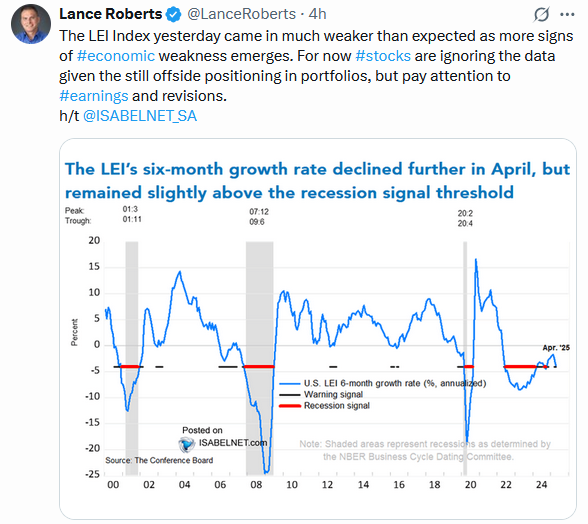Cipla partners with Eli Lilly to sell tirzepatide in India
Monday was a record-setting day. Stocks opened down 1% on news that Moody’s downgraded the US credit rating to AA. While some perceived the downgrade as problematic, retail investors, aka individuals, bought stocks at the highest rate ever. Per JP Morgan, retail investors purchased a net of $4.1 billion of US stocks in the first three hours of trading. As their graph below shows, Monday’s retail buying stampede dwarfs prior instances.
While the retail net inflow was quite impressive, it does leave the bulls and bears with a consideration. We should ask ourselves who the retail investors bought the stock from. The answer, by default, is institutional investors. This trend of retail buying from institutional investors has been ongoing. As we wrote in Smart Money or Dumb Money: Who Will be Right:
Smart money (institutions and hedge funds) is aggressively selling this market while individual investors, aka dumb money, are aggressively buying. The difference in opinions is stunning.
Typically, institutional investors are right; however, over the last few years, retail has proven to be the smarter money. Is retail out of money? Or will institutions cover?
What To Watch Today
Earnings

Economy
- No notable economic releases today
Market Trading Update
Yesterday’s commentary noted the numerous momentum indicators suggesting higher asset prices ahead. While the markets are indeed short-term overbought and due for a pullback, the bull market remains intact and will likely end the year with higher, rather than lower, prices. However, when markets rally as hard as they have lately, adding exposure to the market as needed becomes difficult.
The subject of this weekend’s newsletter will be “Trading An Unstoppable Bull Market.” This will not be the first time we have written this article, but every time we get into similar market environments, the challenges remain the same for investors.
There are millions of different ways to approach technical analysis, and investors use millions of combinations of technical indicators to try to decipher market movements. I am only going to discuss how we do it with you.
Notably, technical analysis does NOT predict the future. It is the study of historical price action, which is the purest representation of the psychology of market participants. From that study, we can make statistical observations about the behavior of market participants in the past. Those assumptions can help form a “guess,” assuming similar variables, about how they may act in the near term.
For our portfolio management needs, we keep our analysis very simple. We use one indicator to indicate if prices are overbought or oversold, two moving averages to determine the trend of prices, and Bollinger bands to warn of significant deviations from those moving averages. I show the technical setup in the sample chart below. 
We are looking for either “warning signs” that stocks could be due for a short to intermediate-term, corrective period, or indications that they are oversold and ready to advance. Currently, we are dealing with the former.
Historically, when prices move toward the upper bands of 2- or 3-standard deviations above the 50-day moving average (dma), the Relative Strength Index (RSI) is overbought, and the MACD is crossing lower from a high level, stock prices generally correct to some degree. Such is the potential environment we will likely deal with in the next few weeks as we move into June and stock buybacks begin to fade.
This is also why we have suggested taking profits, rebalancing risk, and holding cash for a better entry point.
However, while we are waiting for an entry point to increase exposure, it is essential to remember the most important commandment:
Commandment #1: “Thou Shall Not Trade Against the Trend.” – James P. Arthur Huprich
Let me be very clear. We are discussing risk management. You must understand the market’s overall trend and when it is changing. The negative price trend from April is over, and the market continues to trend positively. That is just what it is.
Currently, we are in a “bull market” advance. As such, we want to maintain our exposure to equity risk. However, this does not mean we should ignore what the market tells us and let the ebbs and flows wash over us. Eventually, another “ebb” will come, and we will want to increase risk accordingly. However, that is not today.
“In a bull market, you can be either long or neutral. In a bear market, you can only be neutral or short.” – Dennis Gartman
While the market could certainly pull back to the lower of those “bands,” corrections will likely remain confined to the 50-dma. As such, we will want to use those opportunities to trade portfolios into higher levels of equity exposure. With the market currently more overbought and extended, we want to remain cautious about committing our cash reserves to the broad market more aggressively.
“Willingness and ability to hold funds uninvested while awaiting real opportunities is a key to success in the battle for investment survival.” – Gerald Loeb
I hope this helps.
World Government Bond Yield Curves
The graph below from Trading View provides some context for the level of US Treasury yields. As shown, other than the UK, the US has the highest yields across the maturity spectrum. Other than China, all of the curves slope upward. Thus, short-term yields are lower than longer-term yields. Such a slope is normal. Moreover, it occurs after most of the slopes were inverted.
The notable difference between the curves is the lower short-term rates for all countries but the US and UK. Excluding Japan, their central banks have been more aggressive in cutting rates. While deficit- and tariff-related inflation narratives keep US yields higher than other countries, investors focused on the historical drivers of yields (inflation and economic activity) should find value in the higher yields. However, the battle between narratives and fundamentals favors the narratives for now.
Tweet of the Day

